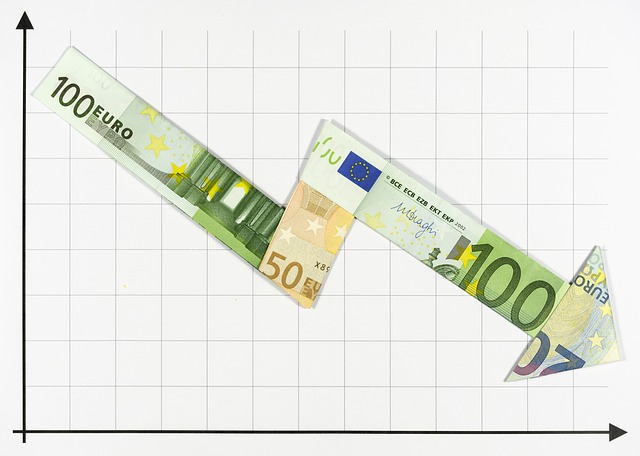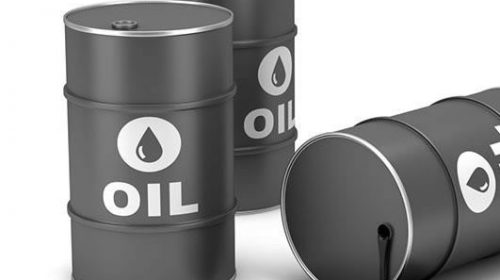COVID-19 pressure to drive capital event for top reinsurers: S&P

With insured losses and investment volatility from the COVID-19 pandemic having already eroded much of the industry’s earnings buffers for 2020, analysts at S&P have warned that it may only take an average catastrophe year to drive a capital event for many top reinsurers.
Specifically, S&P believes that if 2020 cat losses reach a level of $60 billion to $70 billion, then at least eight of top 20 reinsurers (40%) could suffer a capital event.
Companies that have shown a higher appetite for nat cat risk are most at risk, the firm added, particularly those that have also been more exposed to the effects of the pandemic.
S&P notes that reinsurers’ strategic reactions to the positive pricing momentum in the sector have continued to diverge this year, although most of the top 20 group chose to either maintain or increase their exposure relative to capital, to benefit from improved pricing conditions.
On average, reinsurers’ property-catastrophe risk appetite at a 1-in-250-year return period was broadly flat at 27% of shareholder equity,
However, a few took defensive measures to contract their exposure, meaning there were reductions of more than 5 percentage points in some cases.
Meanwhile, analysts have not observed a material shift in the use of retrocession, with alternative capital likely to remain a vital avenue for retroceding peak perils, even as cost increase and capacity is reduced.
Normalizing the 2020 forecasts to exclude COVID-19-related losses and potential lower investment returns, S&P found that with catastrophe losses at the budgeted level, the top 20 global reinsurers would likely report combined pre-tax profits of about $19 billion.
This suggests a consolidated buffer of about $32 billion before reinsurers would have to dip into their capital reserves, in a severe natural catastrophe stress scenario.
However, the buffer shrinks to just $14 billion when 2020 COVID-19 losses for property/casualty (P/C) and life reinsurance are incorporated, plus lower investment returns.
“Although the sector remains resilient to extreme events, it is clear that the COVID-19 losses have eaten into the reserves that would otherwise be available if a major catastrophe loss were to occur,” S&P stated.
For example, if the insurance industry were to suffer a $100 billion total loss, S&P now expects only 14 of the 20 reinsurers to maintain the capital adequacy level they had at the end of 2019.
But looking a similar scenario that excludes COVID-19 losses, S&P notes that whole peer group would likely maintain their capital adequacy level.
Reinsurerance News, Excluding headline







Leave a Reply